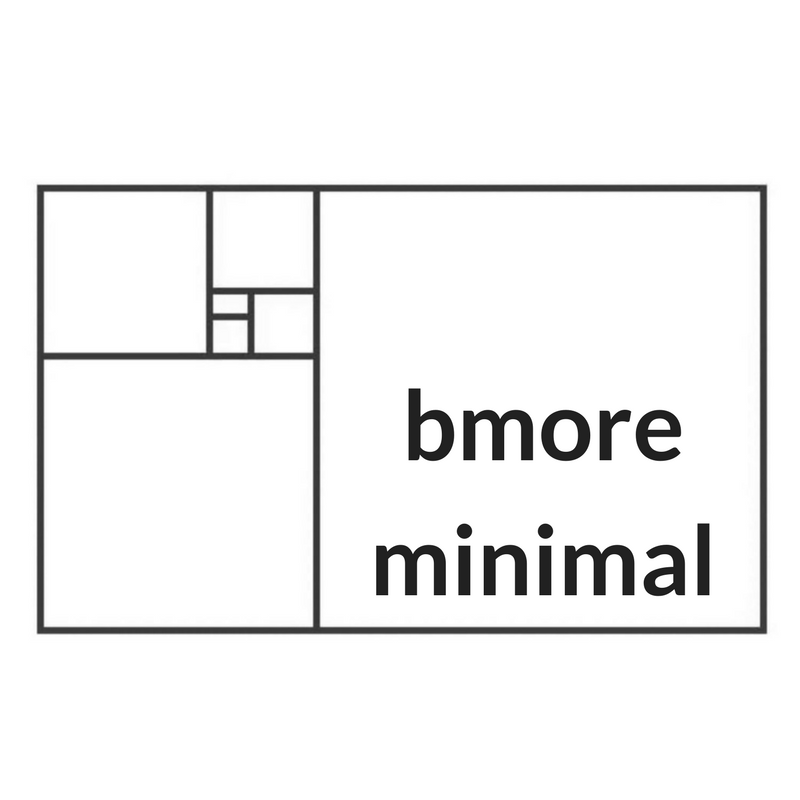While they’re not perfectly analogous, I find it quite helpful to think of my time in much the same way I think about my belongings.
For example, I can think of the increments of time as “containers” for activities and tasks the same way I think of a shelf or a closet as containers for stuff.
Matching an object to the right container and assigning it a specific home in my house prevents it from a) taking over a space and/or b) being lost or unused. Similarly, matching a task with the right time “container,” and assigning that task a specific home on my schedule, prevents it from a) taking over my whole day and/or b) never, ever getting accomplished.
The time “containers” I find the most useful are one minute and one hour. I’ve borrowed these strategies from happiness researcher Gretchen Rubin, whose writing clearly connects a well-ordered home to a sense of well-being (and a disordered home to stress, and in some cases, anxiety and depression.)
The one-minute “container”
Rubin popularized the one-minute rule, or the idea of doing a task immediately if it takes about one minute rather than kicking the task down the road to future you. She recognizes that we get a small sense of accomplishment from completing a task, no matter how small, and the small ways we keep our house in order accumulate quickly. (And the small ways we slack off also accumulate quickly.)
I find this rule most useful in leaving and returning to my home. It takes less than a minute to bring breakfast dishes to the sink, a bit more than a minute to make up the bed, and not even 30 seconds to toss my pajamas in the laundry basket. These steps make returning home more peaceful.
Once home, I take less than 10 seconds to hang up my coat and keys, a minute to sort the mail, a minute to clean out my bag, and a minute to stash my shoes.
These steps make being home more enjoyable and productive, not to mention making the next morning more streamlined.
Curfew can also take about a minute per room or area, especially if I’ve been following the one-minute rule throughout the day.
The one-minute rule plus nightly curfew is particularly useful for tackling procrasticlutter to keep it from encroaching.
2. The one-hour container
Even when a task will take longer than one minute, I can still constrain to give myself the sense of urgency and efficiency that deadlines can bring about. Here I opt for the one hour container. Rubin calls this a “power hour” and keeps a running list of nagging tasks and then dedicates an hour a week to running through one or more of them. This is particularly useful for accomplishing things that feel complicated, bothersome, or boring. I don’t always protect an hour a week for these tasks, but I know it’s about time for me to go ahead and schedule that hour when I’ve rewritten the same to-do list item 10 different times without making any progress.
My next power hours will tackle replacing batteries and filters around the house, formatting a spreadsheet I really should have already created, and reorganizing our camping kit. None of these are truly urgent, and all of these are a little annoying, so I would put them off forever and ever if not spurred to action by the constraints of a power hour. Future me will be very glad to have them off my plate.
Now here is where I would write a witty conclusion to this blog post that really ties this whole thing together, but my power hour for updating my blog has come to an end and I’m going to have to hit publish and move on. And just like with my stuff, it’s important for me to know when to just let go and be done with a task that has been taking up space in the home of my mind.
-FIN-
